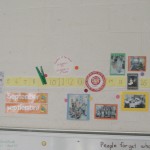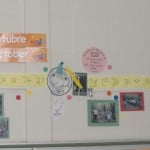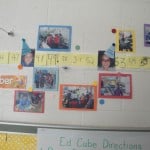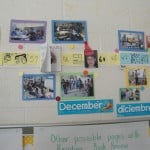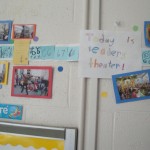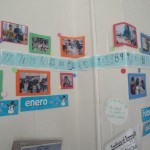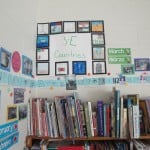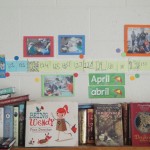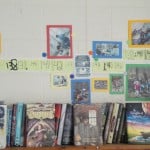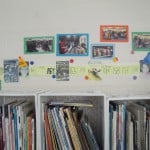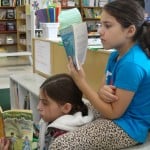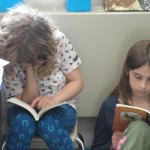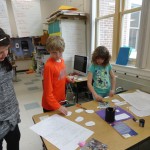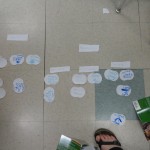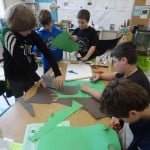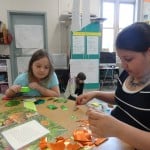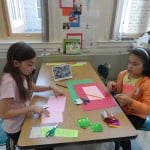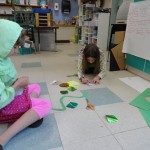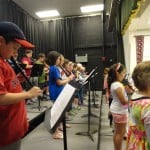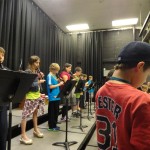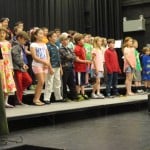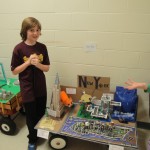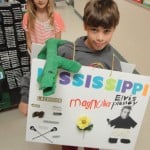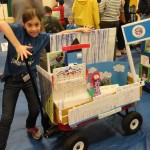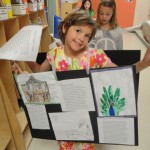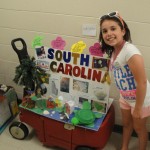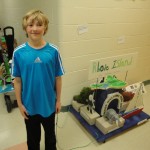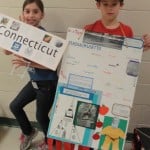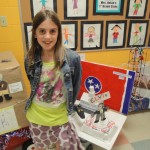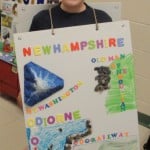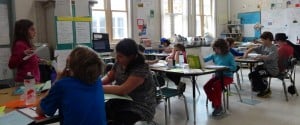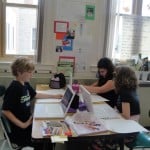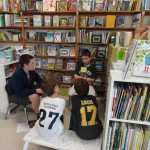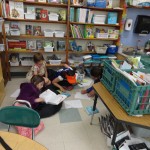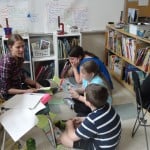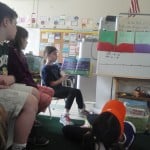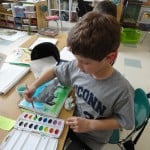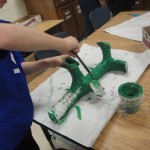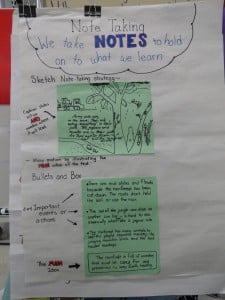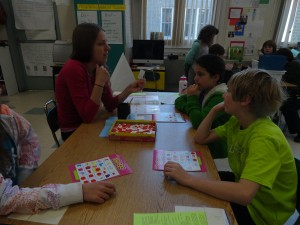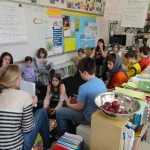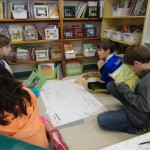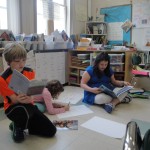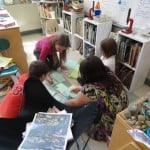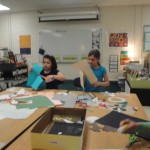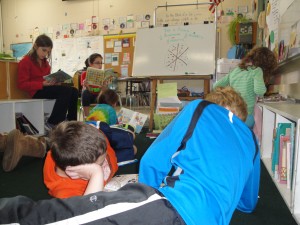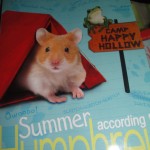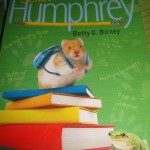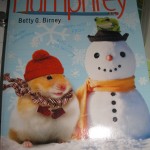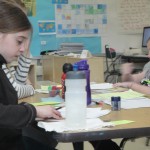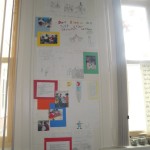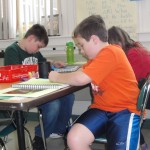How can it be possible that June is here? It seems only a few months ago that I was meeting 3E for the first time. When you look at our class timeline you can see many of the things we have done throughout the year. The photographs remind us of just how much we have accomplished together and we have done a lot. But yikes, there is still so much more to do. You will see what I mean as you read on.
Kindness and Forgiveness
This week our Social Emotional Learning focus has been an exploration of empathy. We have been talking about exclusion and name-calling. We have been talking about changing rules at recess. or ignoring invitations at lunch and how all of these things bother, confuse and annoy everyone. And yet, these are all things practiced by members of our class. It doesn’t feel good and we have been talking about what to do when we hear unkind comments or see unkind actions. Do you let it go? Do you say something? Sometimes yes, and sometimes an “I statement.” Sometimes it works and sometimes it doesn’t whether you’re 9 or 50.
We based some of this discussion on the Maya Angelou quote, “I’ve learned that people will forget what you said, people will forget what you did, but people will never forget how you made them feel.” To that discussion we talked about our wish to be given a second chance (and even a third or fourth) if we’d made a mistake. We all said we didn’t want to be judged as “wrong” forever. We all wanted a chance to learn and change after having made either academic or social mistakes. Academic mistakes are a bit more private. Social mistakes are public – we talked about not ganging up, not blaming but rather working with empathy and forgiveness.
You would have been very proud of you children. Just like a crumbled paper unfolded, the marks, the hurt from unkind words and actions remain after “sorry” is said. It is important to think first. We are trying to think ahead to be kind.
Learning to Use What We Know – Working for Efficiency in Math
This week we have been working to solidify the relationships between multiplication, division and fractions. We have been working to use what we know to recognize the relationships between numbers and amount. This reasoning is a developing skill for 9-year old. The children are learning that if they know 9×4=36, then they also know that 39 items placed into four equal groups will be nine. Additionally, they are learning that 2/4 of 36 can be found because one of four in a set of thirty-six is nine.
This is challenging thinking to begin with, but it becomes very challenging if the children have not made the automatic connection between amounts that knowing the facts brings. We are continuing to play games and have practice activities so that children will become more familiar and automatic with their facts. We do not have time in our day for the amount they require so I hope they are still playing games and practicing at home. They all are capable – they just have to decide it is worth their time and effort to know them. Once they make that choice, the world of math will open wide for them
Habitat Building
We have begun building our rainforest model as a class. First we listed plants and animals we had read about. Next we chose the most common and categorized them – plant or animal and sorted animals according to herbivore, omnivore or carnivore. Once the animals were sorted we worked to create a food web surrounding a fig tree. We are having fun with this project. It is great to work together – to cooperate and collaborate.
We are going to use our class model as an example for the four smaller habitat groups to follow next week. Soon our classroom will be filled with corners of desert, forest, grassland, and tundra. It is a fun final project of the year.
Bits and Pieces
- Our second Book Club continues though it has been challenging for many of the children to meet their deadlines and to complete the work for reading. – only 48% have done the work claiming they are “too busy.” I see how they choose to use heir time in the classroom so I know this is not so.
- Currently we are building our digital portfolios. Be on the lookout for a share schedule in homework folders next week.
- We are also learning the upper-case cursive letters. This is sometimes fun and other times challenging as we work to learn the different shapes and forms.
- We continue to blog every week. The children would truly appreciate comments. Several of them post something each week. Others take a couple weeks to complete a post. Please keep checking – kids can post from home too as long as they have your permission.
